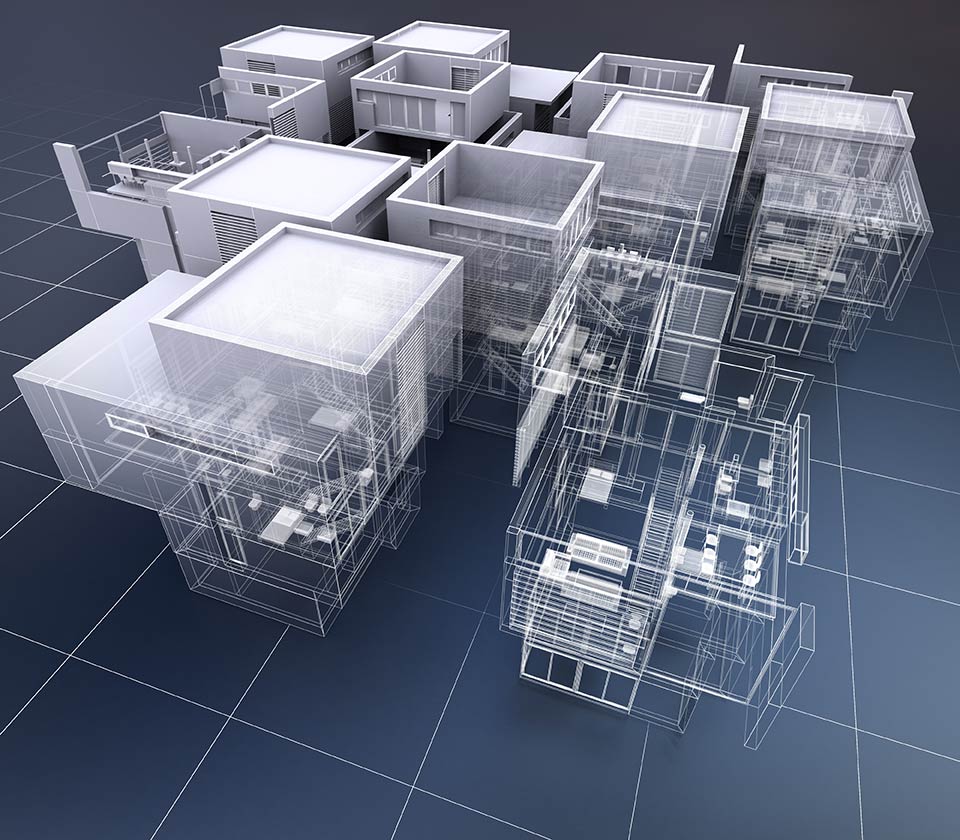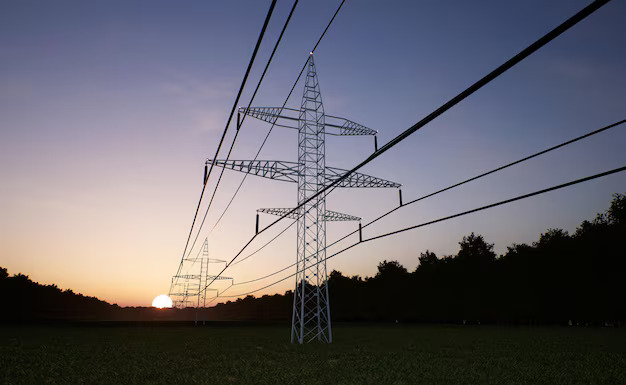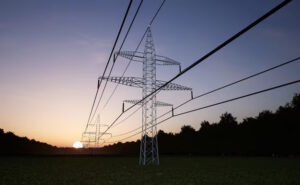Data Scrubbing In 3D Building Scans
Capturing accurate, usable data from a building scan isn’t as easy as pressing a button and waiting for the results. While 3D scanning provides a detailed look at every corner and contour of a structure, raw scans often contain noise, irrelevant objects, and misaligned sections. Data scrubbing is critical to ensure that the data from a 3D building scan is clean, optimized, and usable for design applications. Without proper scrubbing, messy datasets can slow down projects, introduce costly errors, and complicate design decisions, potentially leading to frustration.
The Role of 3D Scanning in Modern Architectural and Construction Projects
3D scanning technology captures every detail of a built environment, from walls and ceilings to pipes and beams, creating what’s known as a point cloud, which is a collection of millions (or even billions) of data points. These scans help architects and engineers develop precise as-built models, allowing them to design effectively and avoid costly surprises during construction.
3D scanning has many applications. Facility managers use it for asset tracking and virtual walkthroughs, while construction teams rely on scans to verify if the built structure matches design models. Renovation and adaptive reuse projects depend heavily on these scans to get accurate information on old or complex buildings. But here’s the challenge: the raw scan data is often cluttered with noise, misaligned points, and unnecessary information that can bog down the design process.
The Need for Proper Data Scrubbing
Obtaining laser scans often involves walking through a building and snapping thousands of photos. Some will be blurry, others will capture unwanted objects, and a few might overlap or repeat the same scene from different angles. This is essentially what happens when 3d laser scanning buildings the scanners collect vast amounts of raw data, some of which is irrelevant, noisy, or misaligned. Data scrubbing ensures you only keep the meaningful parts, making the dataset useful and efficient for the next stages of the project.
Why is Data Scrubbing Necessary?
- Removing Noise and Unwanted Data: During a 3D building scan, the equipment often picks up irrelevant elements, such as passing people, moving vehicles, or stray objects. If this data isn’t cleaned, it can interfere with the accuracy of your digital model.
- Aligning and Registering Multiple Scans:In most projects, multiple scans are taken from different angles to capture every detail. However, these scans need to be stitched together, or “registered,” to form one cohesive point cloud. Without proper alignment, parts of the building might appear distorted or out of place, leading to errors in the final design. Scrubbing helps identify and fix alignment issues early, ensuring the data is accurate.
- Reducing Redundancy for Optimized Performance: Raw scans often contain overlapping data points from different angles, which creates unnecessary redundancy. Large datasets can slow down software tools and make BIM workflows cumbersome. Scrubbing, also referred to as decimation helps filter out duplicate points, reducing the dataset size while keeping all the critical details intact.
Benefits of Efficient Data Scrubbing
Scrubbed data ensures that the final design models reflect the actual conditions of the building, preventing rework and costly mistakes. With optimized datasets, workflows become more efficient, enabling smoother collaboration between architects, engineers, and contractors. Removing redundant points after 3D laser scanning buildings using specialized tools also reduces file size, allowing for quicker processing and real-time model updates. Ultimately, efficient data scrubbing saves time, reduces costs, and enhances the quality of construction and renovation projects.
Challenges in Data Scrubbing for 3D Scans
Managing massive datasets can be overwhelming, especially when dealing with millions of data points from large projects. Achieving a balance between retaining essential details and reducing file size requires careful judgment. Misaligned scans from different sessions can cause complications, and software interoperability issues can lead to data loss during imports. Manual scrubbing can also introduce inconsistencies if not handled correctly. This is why partnering with professionals experienced in 3D laser scanning buildings who observe strict quality control measures and have access to the latest tools and software is essential to ensure that the data scrubbing process is accurate and reliable.














Post Comment